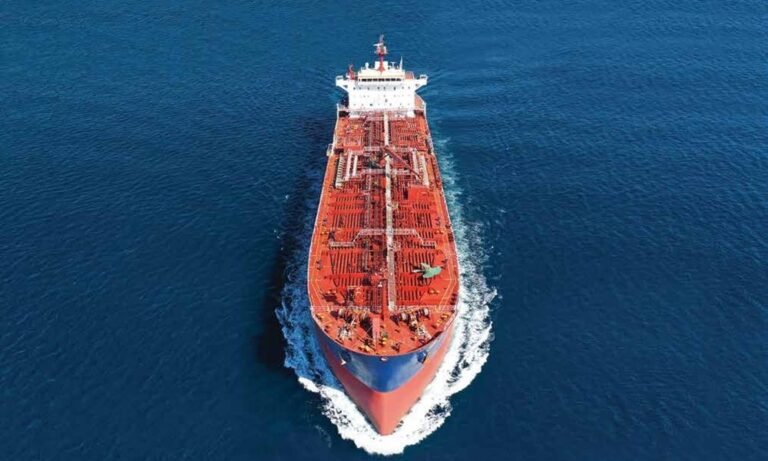Revolutionizing Shipping Routes with Ocean Currents
A University of New South Wales academic’s research using ocean currents to optimise shipping routes is making waves in Australia.
To find more efficient routes for cargo ships, associate professor Shane Keating, a researcher in oceanography and applied mathematics at UNSW Sydney, has developed an algorithm using ocean models and AI.
“With better ocean forecasts, ships can use the power of currents as they travel, reducing fuel use and cutting emissions,” Keating said.
His innovation will deliver ocean forecasts to the shipping industry under UNSW Sydney spinout company, CounterCurrent.
The company is built on 15 years of research studying ocean currents with a focus on forecasting, satellite remote sensing and data science.
“The algorithm is like a Google Maps for the sea, giving the most efficient route in real time based on the behaviour of ocean eddies,” Keating claimed.
Understanding Ocean Eddies
Keating is an expert in a type of ocean current called eddies, swirling circular currents that are the oceanic equivalent of atmospheric storms.
Eddies are found in every ocean basin and make up 90% of the kinetic energy of the ocean, but they aren’t well represented in existing ocean current forecasts.
By better incorporating ocean eddies in forecasts, Keating has argued that commercial ships can harness these currents to find more efficient routes across the ocean.
Efficiency Through Ocean Currents
Most ships travel the shortest distance between two points on the Earth’s surface. It’s known as a great circle route.
But that route, although it’s the shortest distance, is not the most fuel-efficient route because ocean currents are constantly moving the ship off that perfect geometrical line. The ship has to use its engines and therefore burn more fuel to stay on the line.
By going with ocean currents, ships will travel slightly longer distances over the surface of the Earth, but they’ll travel more efficiently because they’re moving with ocean currents rather than against them.
Satellite Technology Advancements
One of the reasons this is possible is due to improved satellite technology, which now provides images that allow eddies to be tracked.
Keating began to look at how satellites could be used to measure the ocean from space after completing his doctoral degree in astrophysics at the University of California San Diego.
“In the past few decades, satellite technology has completely revolutionised the way we look at the ocean,” he said.
“Thanks to satellites, we now know that the ocean is highly turbulent and chaotic, like our atmosphere, and is filled with thousands of ocean eddies that can range in diameter from ten to 300 kilometres and depths of up to 2,000 metres.”
SWOT Satellite Mission
The view of ocean currents got a major upgrade in December 2022 with the launch of the Surface Water and Ocean Topography (SWOT) satellite.
SWOT is a joint US-French satellite mission capable of mapping ocean currents with ten times the resolution of existing satellite technology.
Keating is a member of the international science team for the SWOT satellite and leads the Australian SWOT working group (AUSWOT), a consortium of researchers and stakeholders working to support the SWOT mission in the Asia-Pacific region.
Commercial Application and Future Impact
Data collected from commercial vessels also plays an important part in helping improve the understanding of ocean currents and how they might be changing in a warming world.
Having tested his technology on more than a hundred vessels, Keating has been able to demonstrate consistent fuel savings which he claimed are up to 20%.
He is now engaging with several shipping companies and shipbuilders to commercialise the technology and make it accessible to the wider industry quickly.
“It’s a win-win for shipping companies,” said Keating. “They can save money and meet their emissions reductions targets right now, without any modification to the vessel or change in the vessel transit time.
“My hope is that, within the next five years, this research will change the way that ships cross the ocean so that shipping companies can meet their emissions targets.”

